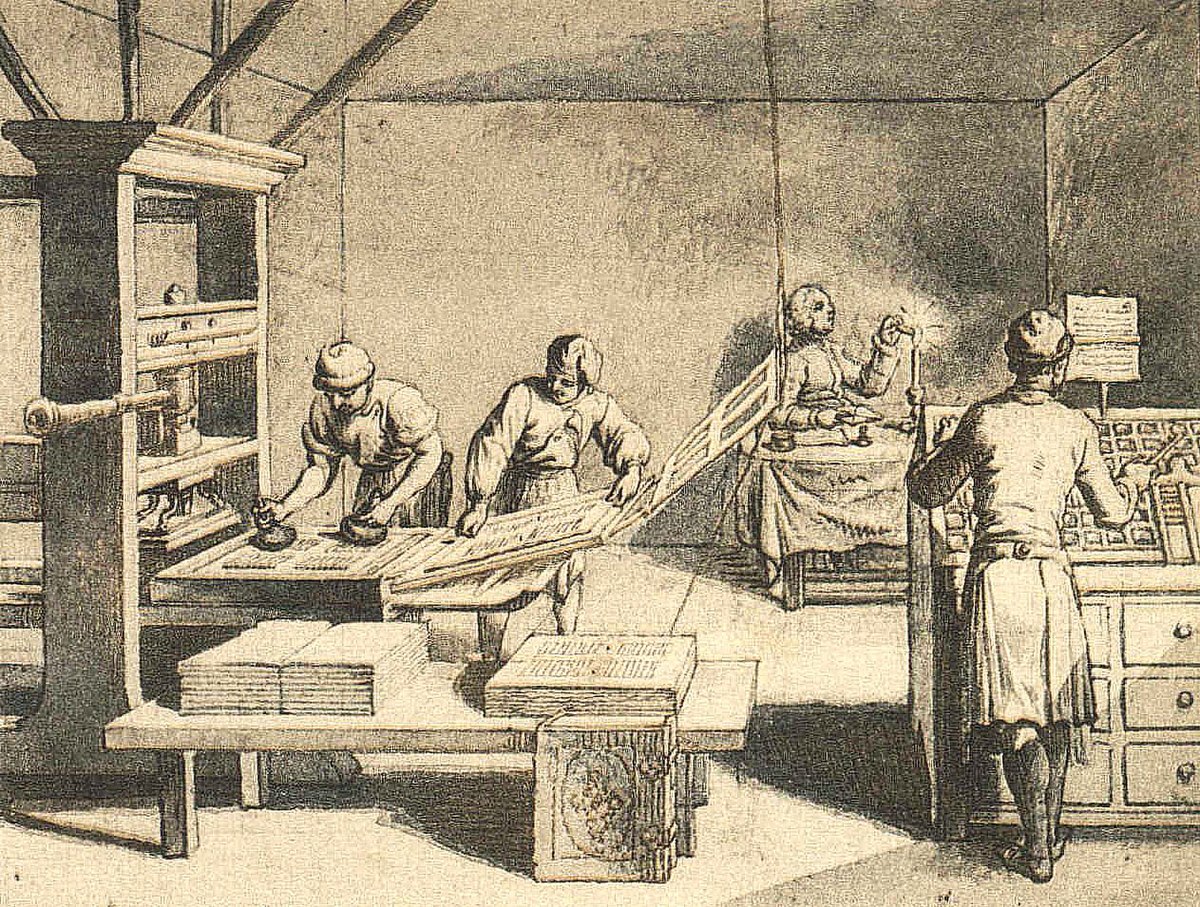We all know and love paper, for what would our daily lives be without it? No textbooks, no money, not even the coffee cups from your favorite cafe. Though you may not realize it, the world as we know it today may not have been the same if it were not for the discovery of this super important product.
The initial creation takes us back over 2,000 years ago, where a man in China by the name of Ts'ai Lun mixed rags, water, hemp, and mulberry bark to create a thick pulp. He would then lay it into thin sheets, where it would dry in the sun until it became a writeable surface. Its predominant use was for educational scripts and traditional scrolls. Before, silk and bamboo were the most popular vessels for writing but were eventually considered too expensive and heavy. Fast forward 300 years, Ts'ai Lun's discovery had been shared across Asia and the Middle East and became extremely popular. So much so that a BAN on printing was implemented in the 16th century due to the worry of the spread of Islamic and other religious texts. Paper eventually made its way to Europe a mere 500 years later, however, was all the rage once discovered. In 1690, the United Stated received its
first paper mill, and we have watched it grow from there.
Others such as the Egyptians were able to manipulate paper in such a way that they were able to create boats, sandals, and even forms of art. They adopted their own recipe for paper, or “papyrus” as they called it. They would cut the stem of a water plant, stamp it flat, then let it dry to create the writing surface. We can see plenty of fine examples of this in history museums throughout the world today, as the history of writing and paper itself is extremely important.
Paper has resulted in the idea of mass-printing, which over time has become one of the largest sources for distributing information. Things such as newspapers, the bible, and other religious scriptures, textbooks, you name it, all comes back to paper.
Without this imperative invention, literature and education would be nowhere near as advanced as they are today, for the ability to read and write has expanded the boundaries of our species greatly. We found a way to set up universities, public school systems, and even provide those students with the necessary texts to achieve what the government has considered a “base level education.” We take tests, quizzes, and notes on it every single day without even batting an eye or acknowledging its history.
Overall, through great trial and error, we as people have been the driving force behind paper. What it is today is so much more than Ts’ai Lun ever could have imagined back in 100. His invention has influenced the entire world as we know it, and who knows- maybe we wouldn’t even be here without it!



No comments:
Post a Comment